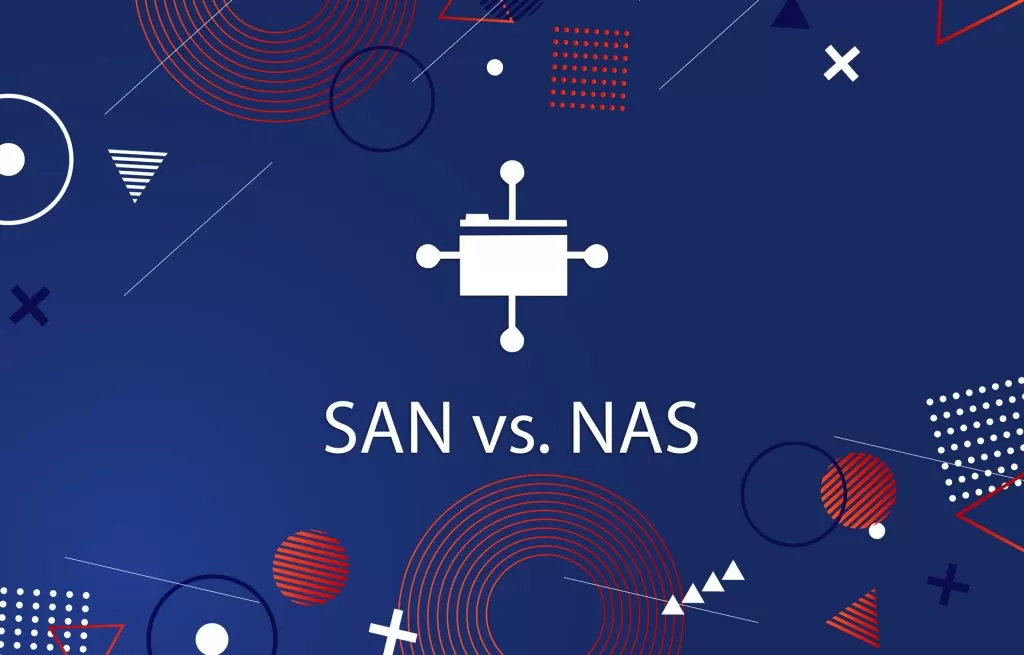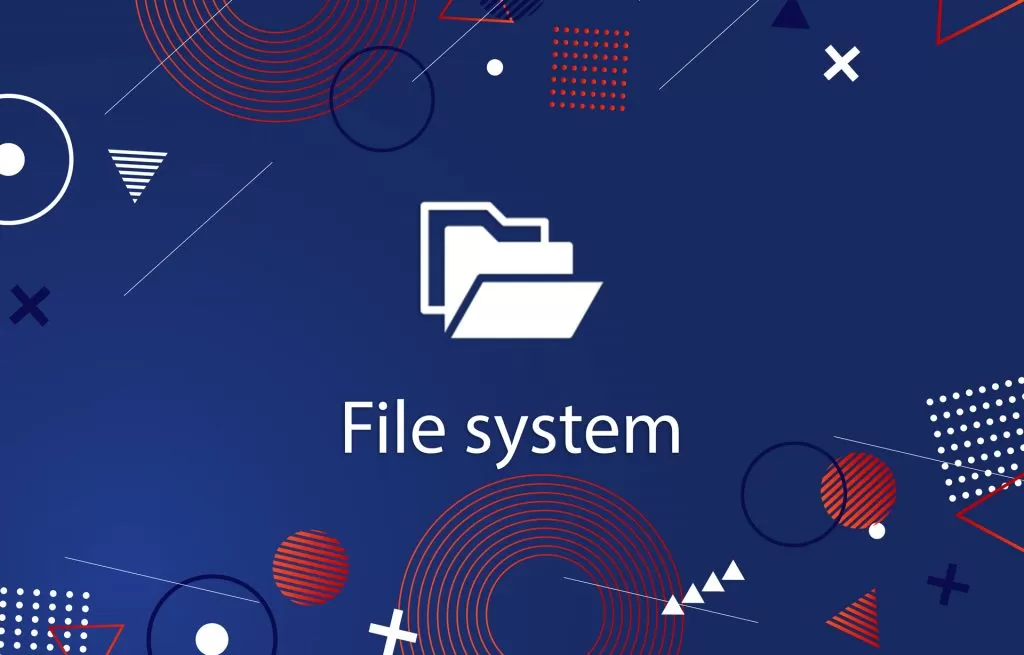Preparation for app development might be confusing, especially if you are new to this. You may be wondering how to approach app development and how to start. Before organizing the team and planning your costs, you need to arrange the method of developing software. In this case we suggest considering microservices. If you are not familiar with this term, it’s high time to figure out what it is.
Microservice architecture (MSA) has gained rising popularity over the last years. Its huge demand is explained with the ease of development that leads to organized project management, polyglot programming, quick fixes, better fault isolation of the product, easier integration with third-party services, faster deployment.

What is Microservice Architecture
Microservice Architecture is a way of designing applications as a set of separate deployable services with heterogeneous processes, that run altogether and constitute a fully-fledged app. Microservice architecture replaces monolithic one, which is considered as a traditional way of development. An app developed according to the monolithic model requires building and deploying the application all over again in case you need to make a small tweak to the app. As a result, the team welters into replanning, redevelopment, new release, wasting time and, respectively, money. In its turn, microservices solve this problem and benefits in parallel development where teams focus on the development of small autonomous modules, then deploy them independently, change, fix, and scale them apart from the whole system.
Microservices are considered a fine-grained Software-Oriented Architecture (SOA). Introduced in 2005, this development model changed the client-server app development and made it powerful. Even though it makes roles of team members more isolated, it still makes the final product more agile, lightweight, and its components less dependant from each other.
Let’s peer into where it benefits.
Agile software development
Small agile teams are the best option for working with the microservice architecture pattern. A well-organized group of 3-5 people focuses on specific areas of the project and makes small deliveries in milestones. Hence, communication with clients is easier to maintain. Moreover, the client can give a quick feedback and the team can quickly respond to it. Project management is partially success of the project. With microservices you can use one of the best approaches to it.
DevOps
DevOps engineers assure lightweight container deployment, continuous integration and decentralized continuous delivery, continuous refactoring, efficient service monitoring which is all possible and highly appreciated when working with MSA. Therefore, microservices ensures all these DevOps practices are implemented effectively. This architectural style is great with containers: containerization boosts cloud capabilities especially improves runtime frequency, cloud computing, and provides cloud tools. In terms of the latter Docker along with Docker Swarm or Kubernetes are used for containers, Jenkins and GitLab-CI for CI/CD. It also gives the go-ahead for unit testing, which is so essential when talking about automation of processes.

How it works
While using microservices architecture, your app comprises several complete components which can work without linking to the other similar small parts of the app. However, altogether they constitute a complex and large application. Each of these little parts, which are focused on business capabilities, can be developed in different languages, with its own databases. Each service is built and deployed apart from the whole system. Moreover, it can be separately rebuilt if needed, without changing the whole app. Services within the system communicate via REST APIs.
The good part is that as long as microservices framework concentrates on business needs of the app, developers improve and enhance the app on the whole.
Amazon, eBay, Netflix, Twitter, PayPal, Soundcloud, and others follow the microservice architecture example. Such major services choose this type of architecture because it guarantees a high velocity of releases, assures scalability and modularity, organizes small teams for work on different part of the software. Microservices are the innovation which simplifies working on a big ongoing project. More benefits and pitfall of MSA are in the table below:
Pros
Cons
Why you want to implement microservices for your project
Microservices are innovation themselves, but also they draw innovative approaches such as DevOps and Agile project management for your product delivery. Сhoosing this you make your project top-notch and allow yourself to explore the whole land of new possibilities for app development. Microservices are preferred by software engineers for its small in size, for being autonomously developed, independently deployed, yet bounded by contexts, and released with automated processes. Proved their benefits in our practice, we are sure you are going to like them as well.





